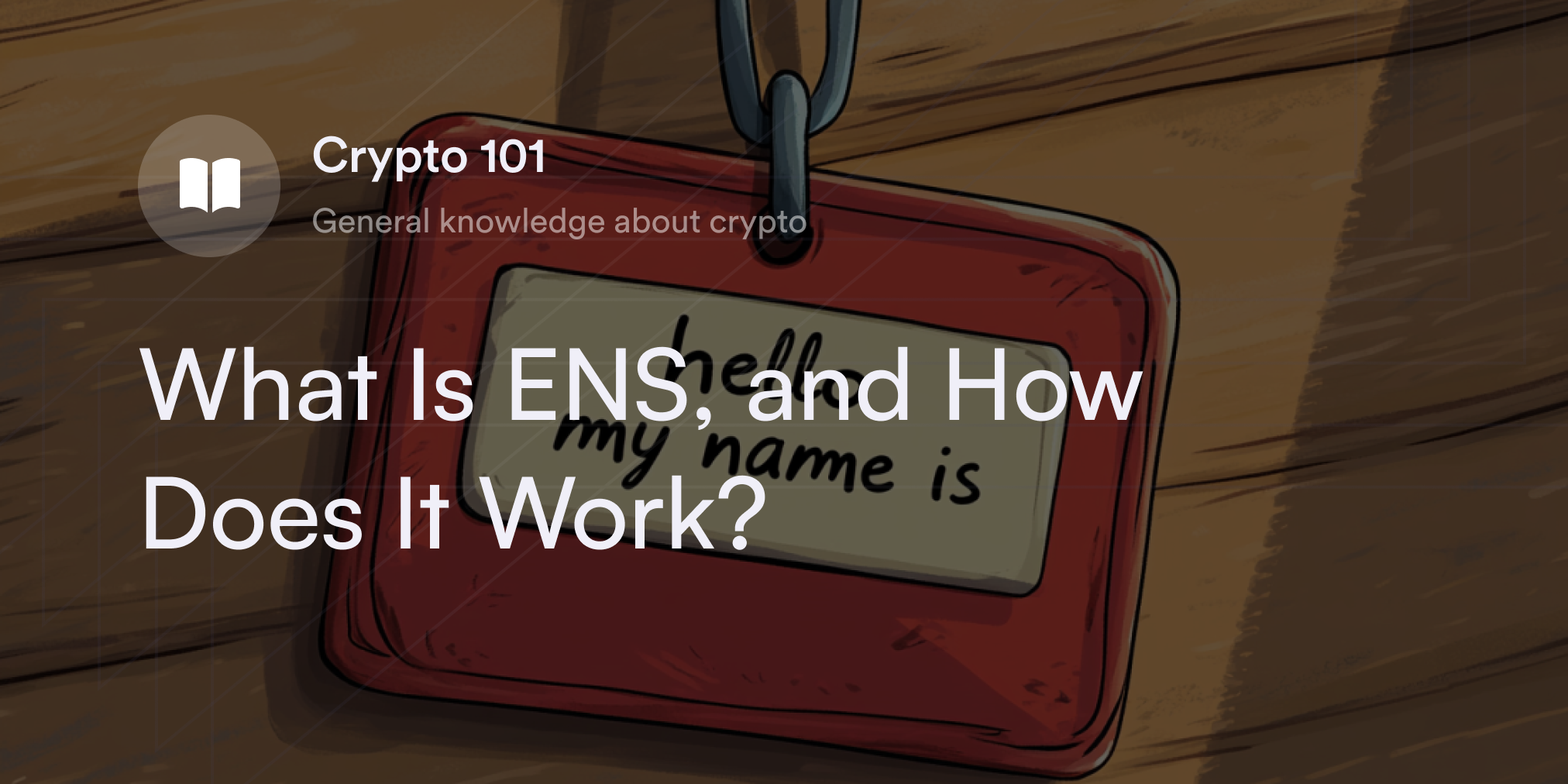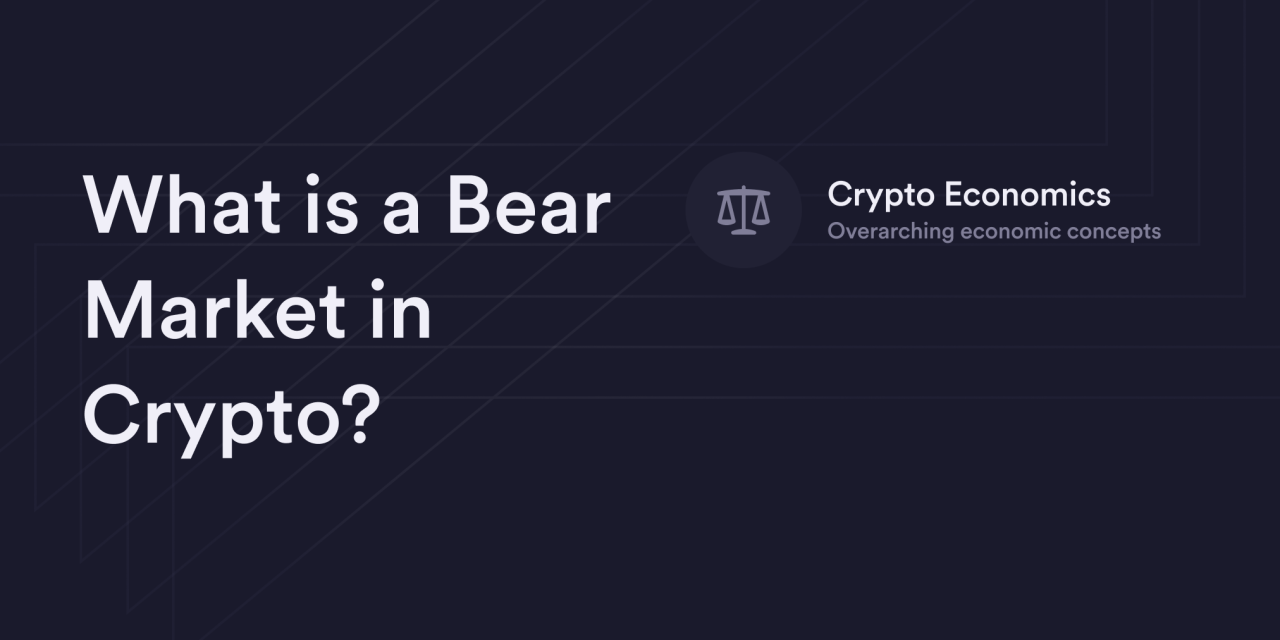


As much as crypto traders want a crystal ball to tell them when to enter positions, there's no secret art of divination for digital assets. Instead, traders often rely on technical indicators, fundamental metrics, and historical analysis to build theses on an asset's intrinsic value and develop actionable trading strategies. There's never a substitute for doing your own research (DYOR), but a few mainstream models help traders form opinions on digital assets.
For example, the Bitcoin (BTC) stock-to-flow (S2F) model has become particularly prevalent on crypto social media since it appeared in 2019. Whether traders agree or disagree with Bitcoin S2F’s assumptions, they often refer to it when deciding whether to buy or sell BTC.
In this guide, we’ll discuss how Bitcoin stock-to-flow works, its accuracy, and how traders use it when building a crypto strategy.
What is the Bitcoin stock-to-flow model?
The Bitcoin S2F model is a price forecasting tool that predicts BTC’s future value by focusing on the cryptocurrency's supply. While stock refers to the total amount of an asset in circulation, flow is the estimated production rate in a given timeframe.
Pseudonymous analyst PlanB first introduced this technique in the 2019 Medium post "Modeling Bitcoin Value with Scarcity" and continues to promote this model on crypto forums and social media platforms. PlanB reasoned that because Bitcoin exhibits the same scarcity associated with commodities like precious metals, it makes sense to use the same valuation metric to project Bitcoin's price potential.
Explaining Bitcoin’s S2F ratio
S2F is already commonly used in commodity trading to quantify an asset’s scarcity relative to its current supply. To determine the stock-to-flow ratio, traders should divide the current stock by the expected flow. The higher the S2F ratio, the more scarce an asset is relative to its supply, which tends to reflect a higher market price. Bitcoin has a preset inflation schedule, meaning calculating the S2F ratios and using them to map future price scenarios is easy.
Roughly every four years, there's a significant supply shock on the Bitcoin blockchain when the rate of BTC entering the open market gets cut in half in an event called halving. This event’s predictability means Bitcoin inherently becomes more scarce over time, which leads to a consistently increasing S2F ratio and—according to PlanB's theory—a higher market price for BTC.
How to read the Bitcoin stock-to-flow chart
Thanks to the S2F model’s popularity, finding this Bitcoin chart on PlanB's social media feeds or websites like LookIntoBitcoin or CoinGlass is pretty straightforward. Wherever traders review the BTC S2F chart, they see Bitcoin's market price in a color-coded line on top of price projections for BTC per the S2F ratio.
The different colors on Bitcoin's price line correlate with the time until the next halving event, with darker shades like blue and purple closest to the halving and warm colors like red and orange the furthest away. Typically, the price per BTC is listed on the side of the Bitcoin S2F chart, and the difference (or variance) between the S2F's predicted price and BTC’s actual price is at the bottom.
Crypto traders often analyze how far BTC's price has been from S2F's predictions and whether there are any patterns or commonalities throughout Bitcoin's history to guess BTC's likely price movements.
Benefits of the Bitcoin stock-to-flow model
There are many reasons why the Bitcoin S2F model became popular in crypto trading circles shortly after its introduction. Not only is this model one of the simplest to grasp, but it also has historical precedent, being a solid barometer of Bitcoin's long-term performance.
Relatively easy to understand
A common criticism against Bitcoin S2F is that it's overly simplistic, but the straightforward nature of this model makes it accessible to a broad audience in the crypto space. By quantifying the relationship between Bitcoin's current supply and projected issuance in a scannable chart, PlanB made it relatively easy for market analysts to get a quick read on Bitcoin's scarcity and perceived value.
Tangible fundamentals
Another strength of the S2F model is its emphasis on fundamental aspects of Bitcoin's tokenomics rather than abstract theories. By concentrating on Bitcoin's scarcity, halving schedule, and fixed supply, this model avoids printing out subjective valuations and unsubstantiated speculative claims.
Decent track record
The Bitcoin S2F projections haven't been entirely in line with Bitcoin's actual price, but it rarely posts a model variance above one.
Also, the S2F's central assumption that Bitcoin's price is set to rise over the long term due to scarcity has proven accurate since its inauguration in 2019, which lends it greater credence in the crypto community.
Long-term forecasting tool
The Bitcoin S2F model caters to BTC HODLers with a forward-looking, positive outlook for Bitcoin and a long-term time horizon. Although there are no guarantees that the S2F's price projections will remain accurate, it gives traders interested in HODLing BTC ideas on attractive entry points or hedging opportunities.
Criticisms of PlanB’s stock-to-flow model
Despite the popularity of the Bitcoin S2F chart, no crypto pricing tool is perfect. Traders must consider the blindspots in the Bitcoin S2F model before using it as their guide to enter or exit the crypto market.
Lacks nuance and complexity
Crypto critics have pointed out that PlanB's Bitcoin S2F tends to oversimplify Bitcoin and the cryptocurrency market. Since the S2F model only considers Bitcoin’s circulating supply and mining rate, it misses countless relevant data points influencing BTC's price (e.g., market sentiment, upgrades like SegWit, and innovations like the Lightning Network or Ordinals).
The S2F model's simplicity is a positive trait, but it can't capture the wide range of complex features influencing BTC's price dynamics.
Assumes Bitcoin's status as digital gold
Many enthusiasts believe the Bitcoin S2F model doesn't question Bitcoin's identity as the new and improved version of gold. Although BTC's status as virtual gold has grown over the years, some people still question if Bitcoin’s value will rise to the same level as precious metals in the future.
Also, S2F's focus on Bitcoin's similarities with commodities doesn't account for its other value propositions (e.g., as a peer-to-peer medium of exchange or a reserve currency) and how these impact its price.
Doesn't account for black swan events
The Bitcoin S2F's analysis exists in a bubble where only Bitcoin's tokenomics matters to traders. In the real world, however, it's common for unexpected news (aka black swan events) to sway market sentiment and move Bitcoin's price, regardless of its current S2F ratio.
Since the S2F model relies on historical data and assumes continuity in demand, it struggles to accurately predict or respond to sudden and unprecedented occurrences.
Not suitable for short-term trading
The S2F model offers a clear glimpse into BTC's long-term trajectory, but it's not useful for day or swing traders interested in constructing short-term strategies. The model's strength lies in analyzing the impact of Bitcoin's tokenomics and halving events, and it's not responsive to the rapid and volatile price movements common in day-to-day trading situations.
Instead of using the Bitcoin S2F model, day traders pay more attention to technical indicators and chart patterns to set up their trades.
How to use Bitcoin stock-to-flow when trading crypto
Crypto traders commonly use the Bitcoin S2F model to analyze BTC's historical price patterns and predict the long-term trajectory of the world's oldest crypto asset—especially with reference to halving events. However, since the Bitcoin S2F framework focuses solely on Bitcoin's issuance schedule and tokenomics, it doesn't give traders a holistic picture of the factors impacting the crypto market.
To get a broader overview of the influences on Bitcoin's price, traders incorporate the Bitcoin S2F into a comprehensive analysis, including other technical and fundamental metrics like chart patterns, macroeconomic news, and on-chain data.
While the Bitcoin S2F gives traders valuable information on BTC's projected long-term price range, it's most effective when combined with other market signals rather than used in isolation.
“Stock up” or short Bitcoin perps on dYdX
Whatever Bitcoin strategy traders believe, dYdX offers eligible traders deep liquidity on our decentralized exchange for trading BTC perpetual contracts. For altcoin fans, dYdX also offers eligible traders access to dozens of other hot crypto perps, including Cosmos (ATOM), Solana (SOL), and Ethereum (ETH). Find out more details about dYdX's latest features and upgrades on our official blog. Also, check out dYdX Academy for more hot tips on crypto trading strategies and opportunities in decentralized finance (DeFi), and eligible traders can start trading on dYdX today.
Disclosures
The content of this article (the “Article”) is provided for general informational purposes only. Reference to any specific strategy, technique, product, service, or entity does not constitute an endorsement or recommendation by dYdX Trading Inc., or any affiliate, agent, or representative thereof (“dYdX”). Use of strategies, techniques, products or services referenced in this Article may involve material risks, including the risk of financial losses arising from the volatility, operational loss, or nonconsensual liquidation of digital assets. The content of this Article does not constitute, and should not be considered, construed, or relied upon as, financial advice, legal advice, tax advice, investment advice, or advice of any other nature; and the content of this Article is not an offer, solicitation or call to action to make any investment, or purchase any crypto asset, of any kind. dYdX makes no representation, assurance or guarantee as to the accuracy, completeness, timeliness, suitability, or validity of any information in this Article or any third-party website that may be linked to it. You are solely responsible for conducting independent research, performing due diligence, and/or seeking advice from a professional advisor prior to taking any financial, tax, legal, or investment action.
You may only use the dYdX Services in compliance with the dYdX Terms of Use available here, including the geographic restrictions therein.
Any applicable sponsorship in connection with this Article will be disclosed, and any reference to a sponsor in this Article is for disclosure purposes, or informational in nature, and in any event is not a call to action to make an investment, acquire a service or product, or purchase crypto assets. This Article does not offer the purchase or sale of any financial instruments or related services.
By accessing this Article and taking any action in connection with the information contained in this Article, you agree that dYdX is not responsible, directly or indirectly, for any errors, omissions, or delays related to this Article, or any damage, injury, or loss incurred in connection with use of or reliance on the content of this Article, including any specific strategy, technique, product, service, or entity that may be referenced in the Article.







